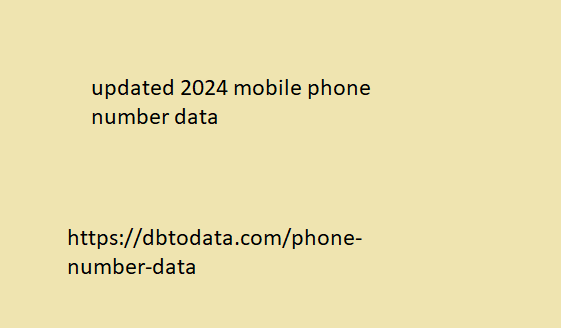This is a guest contribution from Ali Luke.
Here’s a safe bet:
You’re struggling to find enough time to write.
Virtually every blogger and entrepreneur has the same problem.
Maybe you want to write great content to build your business – but there are so many other things you have to do too.
I know first-hand how much of a challenge this can be. I started out writing around a full-time day job; today, I juggle work around my two year old daughter and baby son.
I don’t know your personal situation. But I can take some guesses:
- You have a lot on your plate – sometimes you feel overwhelmed.
- Big writing projects get shunted to the end of your to-do list.
- When you do have some time to write, you never seem to get far.
Sound familiar?
Here’s how to turn things around, in six straightforward steps:
Step #1: Come Up With a Bunch of Ideas for Your Blog
Since you’re reading ProBlogger, it’s a pretty safe bet that you have a blog (or you’re about to start one). Do you ever find it hard to come up with enough ideas for it? Maybe you’re managing to keep up a regularly posting schedule – but you know you should be doing some guest posting, and you never seem to get round to it.
The easiest way to make faster progress on any writing project is to set aside dedicated brainstorming (or, if you like, daydreaming) time.
Grab a notebook or a bit of scrap paper, and jot down as many ideas as you can in fifteen minutes. Don’t judge your ideas, just write everything down.
Try This:
Schedule 15 minutes, once per week, for brainstorming. You’ll soon have a stockpile of ideas that you can turn to whenever you need one.
Further Reading:
How to Consistently Come Up With Great Post Ideas for Your Blog, Stacey Roberts, ProBlogger
Step #2: Create a Clear Plan Before You Start Writing
When you don’t have much time to write, you don’t want to waste a single minute.
If you find yourself getting stuck and giving up part-way, or if you often have to scrap huge chunks of your blog posts because you went off on a long tangent, then you need to get to grips with planning.
Your plan doesn’t need to be complicated. A few bullet points jotted on the back of an envelope is fine. For maximum effect, though, set aside dedicated time to plan out several posts at once.
Your plan helps you spot any problems before you spend hours writing, and it helps you shape your material into a logical structure: easier for you to write, and easier for your audience to read.
It’s also a great way to blast through any blank page wobbles at the start of a writing session. If you’ve got a plan, you can just copy or type it into your document … and you’re already part-way there.
Try This:
Give different planning methods a go – you don’t have to stick with a linear outline each time. Maybe a mindmap, a set of ideas on index cards, or even a spreadsheet would suit your project better.
Further Reading:
A 5-Step Plan to Improve Every Blog Post You Write, Ali Luke, Copyblogger
Step #3: Use the First Hour of Your Day for Your Main Writing Project
Sometimes, the real problem with finding time to write isn’t that there’s no time at all – it’s that our writing time is scheduled for the wrong part of the day.
If your aim is to “finish the ten things on this list then work on the ebook” … it’s all too easy to let those ten things fill your day. Even if you have a little time left at the end of the day, you’ll probably be creatively frazzled.
The best solution I’ve found is to put writing first. Ideally, set aside an hour – but if that’s just not practical, 15 minutes is fine.
Putting writing first could mean:
- You use the first hour of your updated 2024 mobile phone number data work day for your project … trust me, Twitter and Facebook can wait for an hour.
- You get up an hour earlier (not my favorite solution – but I did it for eight months when I had a day job, and it let me build my career to the point where I could quit and write full time).
- You shuffle around some other activities: if you currently head to the gym at 6am, could you go at lunchtime or in the evening instead?
Try This:
For this week only, commit to spending the 선불금 없이 농장 대출을 받는 방법 first 15 minutes of your day (either when you get up or when you start work) on your current writing project. Put a check on the calendar each day you manage it. Next week, aim for 20 minutes per day, and/or more checks.
Further Reading:
Why You Should Get Serious About Your Writing Schedule, Kari, Men with Pens
Step #4: Cut Out or Cut Back
Your time is full already, but at least some of canada people your activities could go in a pinch. This is always going to be a personal decision – something that I might consider essential could be on your list for ditching when life gets hectic, and vice versa.

